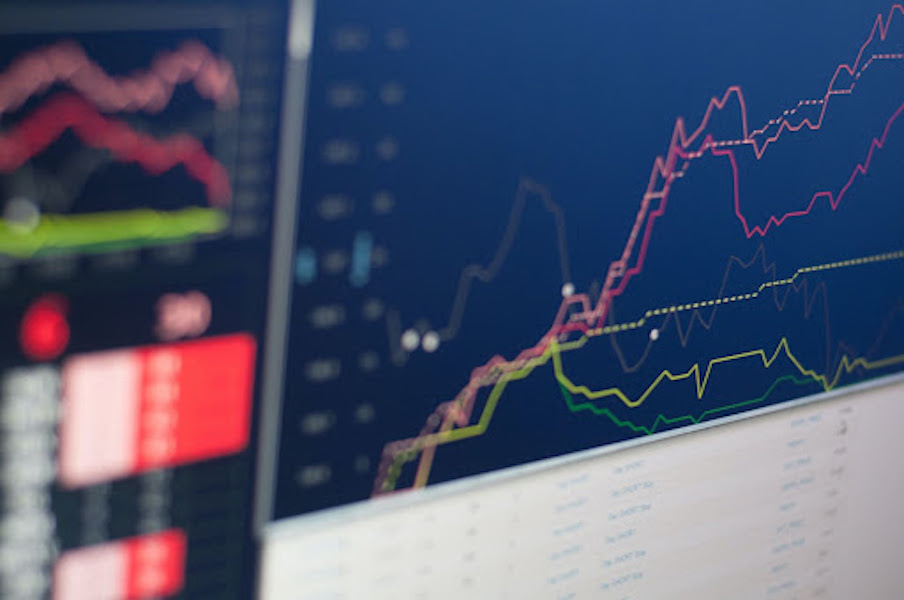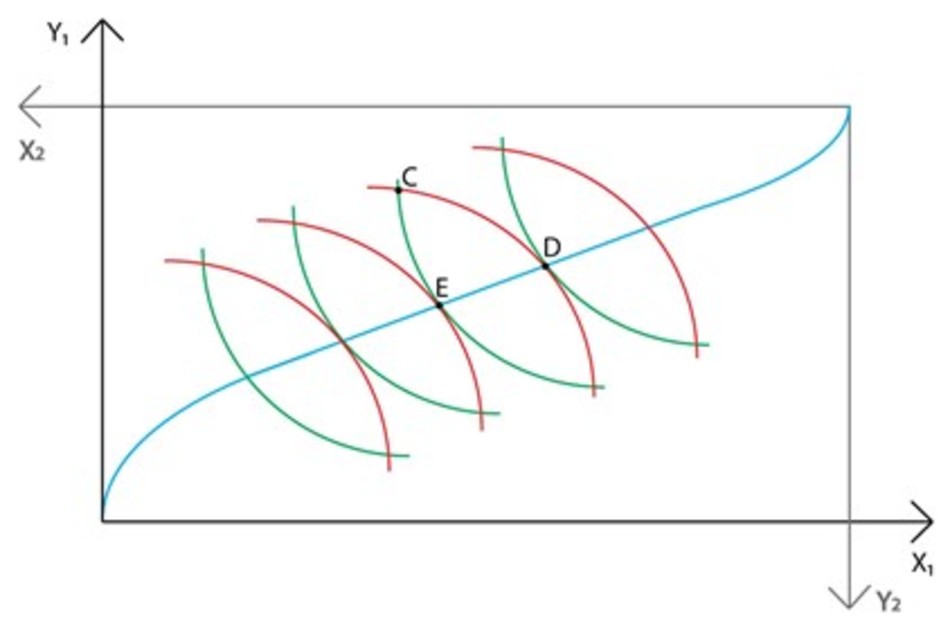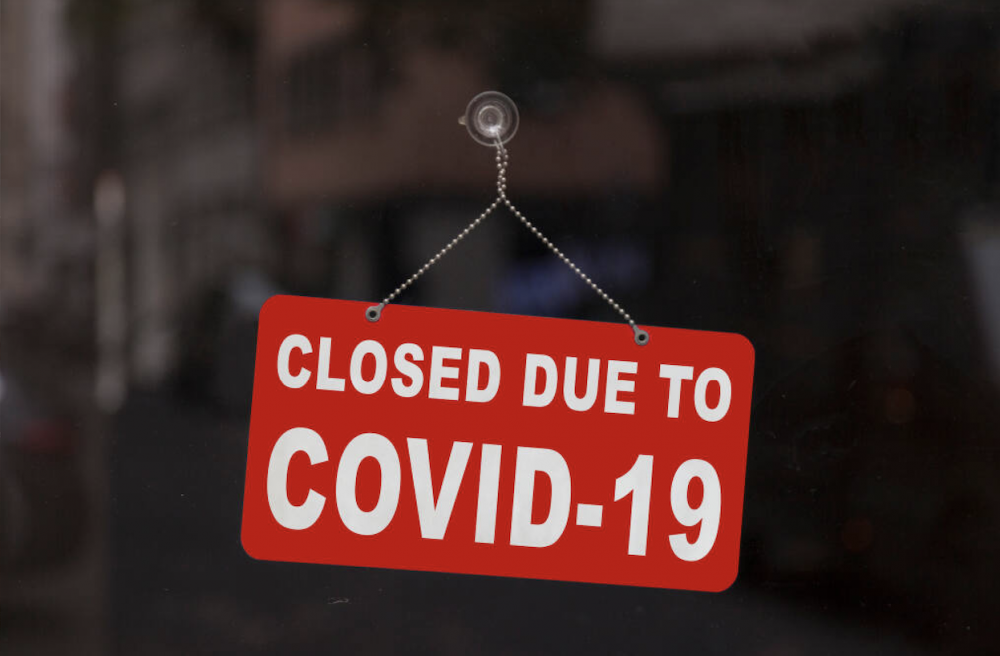
NITA SABOURI – NOVEMBER 10TH, 2023
EDITOR: AAYUSH SINGH
For the last year, the U.S. economy has experienced inflation. Although the rate of inflation has actually dropped since 2022, prices continue to rise, just at a slower rate. A quick search of X, formerly Twitter, or TikTok produces several viral Tweets and TikToks bemoaning the price of groceries and discussing what people are giving up due to the “cost of living crisis.” But despite price increases, experts maintain that the economy is doing well. The unemployment rate is at a record low and GDP is on the rise despite high interest rates and inflation. So why, then, did a July 2023 CBS poll find that 65% of respondents rated the U.S. economy as “bad”? The same poll also found that 61% of respondents chose “struggling” as a word to describe the current state of the U.S. economy. Is this gap in perception the result of consumers being misinformed, or does it show that something is deeply broken about the way we calculate our economic statistics, particularly inflation?
The CBS report tells us that “prices are the [number one] reason people give when asked why they call the economy bad and the top reason given when they describe their personal financial situation as bad.” Other economic factors, like GDP, the stock market , and the unemployment rate, have less of an effect on how people view the economy than prices do . Consumers also aren’t always good at accurately perceiving inflation. According to a 2022 IMF report, “households hold very disparate views on inflation and tend to perceive it as higher and more persistent than it usually is.” How we view inflation can also be affected by personal factors, such as age. Ulrike Malmendier and Stefan Nagel, two researchers for the National Bureau of Economic Research and the Center for Economic and Policy research, write in their 2015 paper “Learning from Inflation Experiences” that “young individuals react more strongly to an inflation surprise than older individuals who have more data accumulated in their life-time histories.” Underscoring Malmendier and Nagel’s findings is the fact the COVID-19 pandemic was an unexpected event which had a large effect on inflation. Young people who are now suddenly experiencing rapid price increases were not given much time to prepare their finances or to adjust their expectations, which may have impacted how they feel about inflation. This may also be why, as CNN Business reports, “US consumers kept spending last year despite historically high inflation, not only shelling out for necessities but also splurging on restaurants, travel and other experiences impeded by the pandemic…strong spending activity is likely on borrowed time as safety nets are fraying and negative external factors are accumulating.” The combination of high inflation and resilient consumer spending could be an indication of yet another instance of economists missing a piece of the puzzle. Their positive outlook on the economy’s recovery from COVID-19 may be partially informed by the fact that consumer spending is contributing to a strong GDP, but as CNBC notes, strong consumer spending is likely being fueled by savings accumulated during the pandemic that are currently running out, rather than by disposable income. Therefore, experts may have an optimistic outlook on the economy due to strong consumer spending, but consumer spending may slow down soon.
So perhaps we shouldn’t consider inaccurate perceptions of inflation to be the fault of consumers. Maybe the fault lies in how we are calculating inflation. Currently, the Consumer Price Index (CPI) is how the inflation rate is measured in the United States. The CPI is calculated by the Bureau of Labor Statistics (BLS), and as their website outlines, it is the product of several, interrelated samples. It takes a basket of goods and services and measures the changes in the price of that basket. The process of measuring that basket contains several steps. The BLS uses data from the U.S. Census to select urban areas, and price data is gathered from those urban areas. Then, the BLS collects data from the Consumer Expenditure Survey in order to determine where households are purchasing goods, which creates the outlet sample for the CPI. The Consumer Expenditure Survey also allows the BLS to assign quotes to specific outlets for the CPI item categories, which are the categories the BLS uses for consumer goods. Specific consumer items are chosen for the basket based on their probability of being selected, which is based on how much of the outlet’s revenue in that item category comes from a specific item. The BLS then measures the price changes for those items and weighs them by how important they are within the spending patterns of a specific population group. These factors all come together to create the CPI.
Despite the complex and detailed nature of how CPI is calculated, there are still some critiques to be made. Kevin L. Kliesen of the St. Louis Federal Reserve wrote that there are four types of biases that cause the CPI to potentially overstate changes in the cost of living. The first is substitution bias, which occurs when consumers simply switch to a different, substitute product when the price of one product increases (such as buying a Whopper instead of a Big Mac if the price of a Big Mac goes up). The second is new product bias, which happens when new, highly popular goods see a lag before they’re included in the CPI. The third is outlet bias, which describes how the CPI doesn’t capture the effects of stores like TJMaxx or Walmart, since those stores often offer the same consumer goods at lower prices than other outlets. The final shortcoming identified is quality bias, which happens when the CPI is unable to capture the relationship between enhanced features of a good or service and the change in its price.
Although these biases tend to overstate the cost of living rather than understate it, quality bias is worth evaluating within its current context. The initial St. Louis Fed report, which was one aspect of a greater investigation into CPI, was written in 1997. But since 1997, quality bias has become much more complex. In the tech era, how do we capture the enhancements of technology while also capturing changes in the physical quality of materials? A car made in 2023 could be much more high-tech than a car made in 1973. It could have Bluetooth capabilities, it could have an LED touchscreen, and it could have cruise control. But what about the materials? The car made in 1973 was likely assembled using (relatively) expensive labor in the U.S. and its parts were likely constructed almost completely out of metal. If the same car were to be made now, it would likely be assembled using overseas labor and some plastic components. The same could be said for clothing. The vast majority of clothing sold in the U.S. is made using cheap, overseas labor, and we have seen a massive increase in the use of polyester fabrics to make clothing. Poorer quality also means that some consumer items become damaged more easily, causing consumers to have to buy more replacements for products or pay to have them repaired more often. These changes in quality make it so that a one-to-one comparison in price does not capture the full picture of consumer welfare.
While it is true that consumers do not always have an accurate picture of the economy, we should not simply dismiss them as being misinformed. Consumers are the people who make up the economy, and how they perceive their own welfare is something that experts should be concerned with when it comes to evaluating overall economic health. Ultimately, the CPI is our best bet for capturing inflation, but as the global economy evolves, perhaps we should look into how it can be improved in order to better capture the ways Americans are affected by changes in the cost of living.
Featured Image Source: Unsplash
Disclaimer: The views published in this journal are those of the individual authors or speakers and do not necessarily reflect the position or policy of Berkeley Economic Review staff, the Undergraduate Economics Association, the UC Berkeley Economics Department and faculty, or the University of California, Berkeley in general.



